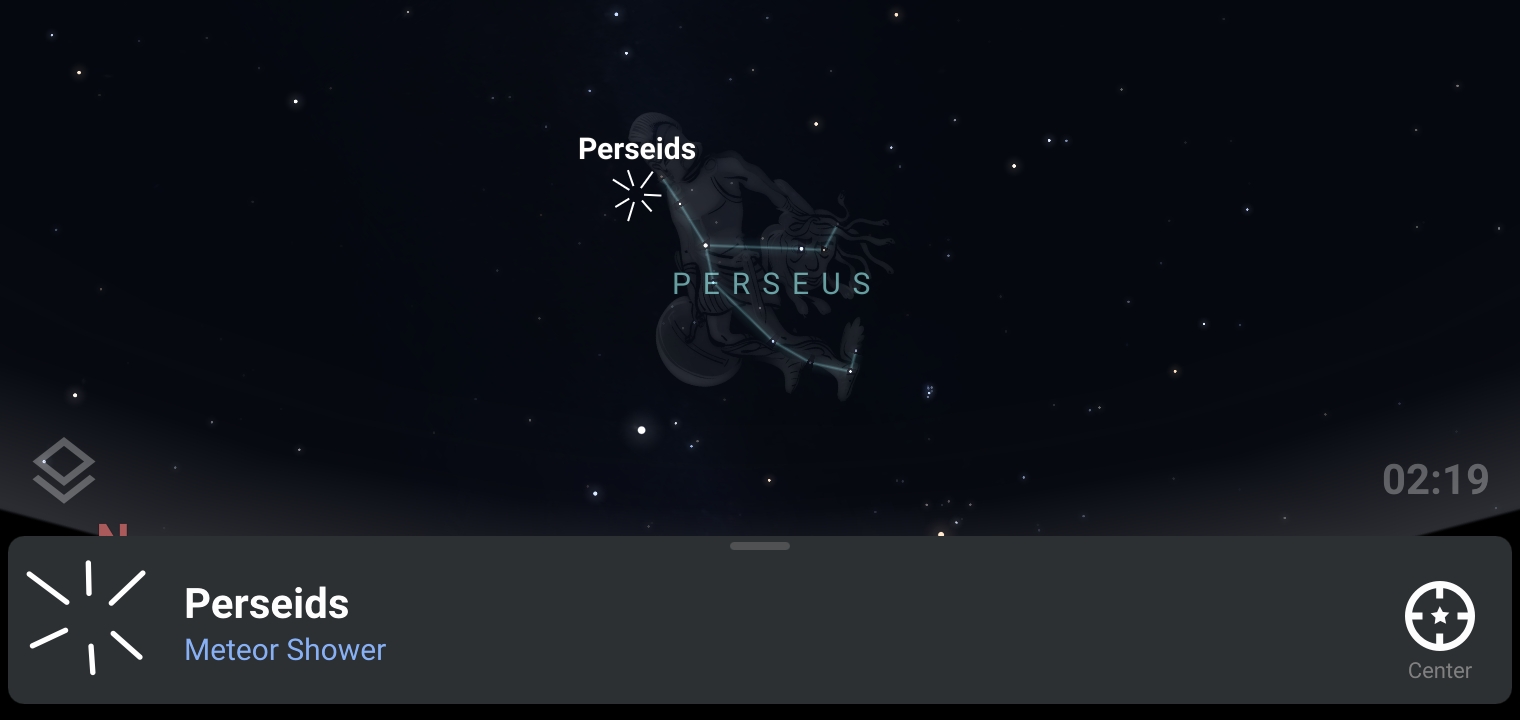As summer nights envelop us in their warm embrace, the cosmos has a captivating spectacle in store for us – the Perseid meteor shower. An annual celestial event, the Perseids are one of the most anticipated meteor showers of the year. On the night of August 13, 2023, nature’s fireworks will light up the night sky, promising a mesmerizing display of shooting stars. Let’s dive into the basics of this breathtaking event and how you can make the most of this cosmic extravaganza.
What are the Perseids?
The Perseid meteor shower occurs when the Earth passes through the debris left behind by Comet Swift-Tuttle. These tiny fragments, no larger than a grain of sand, burn up upon entering Earth’s atmosphere, creating bright streaks across the sky – the shooting stars. Named after the constellation Perseus from which they seem to originate, the Perseids are known for their high activity and brilliance.

For a more interactive experience, we got you covered. With Stellarium Mobile, you can virtually explore the night sky and track the Perseid meteor shower’s radiant point. See how the shooting stars appear to originate from the Perseus constellation and anticipate the dazzling display in real time.
View constellations on Stellarium Mobile!


Available on Google Play and the iOS App Store
When and Where to Watch
The peak of the Perseid meteor shower in 2023 will grace our skies on the night from July 17, 2023, until August 24, 2023 peaking at the night of August 13. For the best viewing experience, find a location far away from city lights, preferably in an open area. This allows your eyes to adjust to the darkness, enhancing your chances of spotting more meteors. Make sure to check the weather forecast for your area beforehand, and aim for clear, cloud-free skies.
Timing is Key: The best time to observe the Perseids is during the predawn hours, as the radiant point (the spot in the sky from which the meteors appear to emanate) climbs higher. But don’t worry, you can start seeing meteors after nightfall too.
Comfortable Seating: Bring a blanket or reclining chair to lie back and comfortably gaze at the sky. Patience is your friend during meteor showers.
No Telescopes Needed: Unlike stargazing, you don’t need any special equipment for meteor showers. Your naked eyes are your best tools.
Perseus Constellation: While meteors can appear anywhere in the sky, it’s a good idea to face northeast towards the Perseus constellation for optimal viewing.
Stay Patient: Meteors can be sporadic. Relax, enjoy the beauty of the night sky, and be ready to make a wish on every shooting star.
The Perseid meteor shower promises to be a celestial event you won’t want to miss. With a bit of planning and some patience, you’ll be treated to a captivating display of meteors streaking across the night sky. So, mark your calendar, find a cozy spot, and prepare to be amazed as the universe puts on a show just for you. We wish you clear skies and a happy meteor watching!